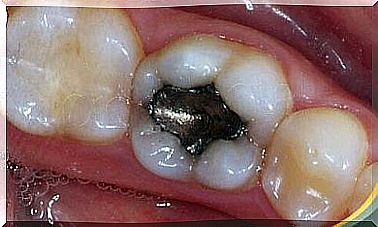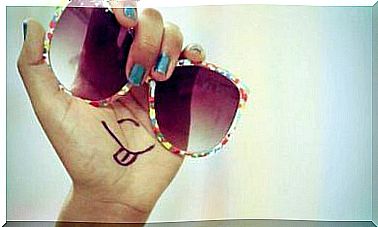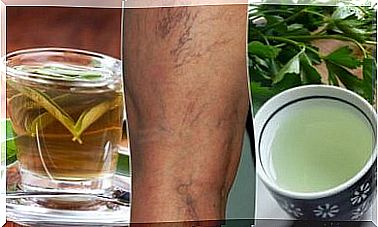What Is An Overbite, Causes And How To Treat It
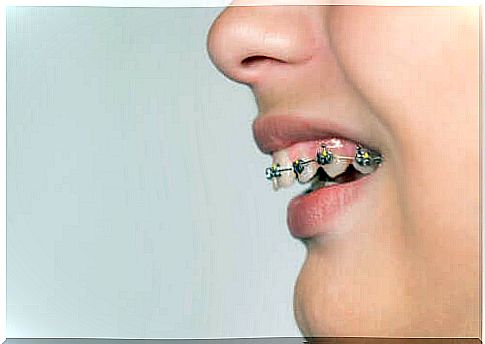
An overbite is a common change in the way a person bites and can occur from a variety of causes. It occurs when the upper teeth cover the lower teeth or are too far away from them.
This dental malposition can be so mild that only a dentist can detect it. It can also be so pronounced that the person cannot close their mouth completely due to protruding teeth.
In addition to being a cosmetic issue, an overbite can lead to health complications if left untreated.
In this article, we will explain the causes and complications of overbite. In addition, we’ll talk about treatment options to correct them according to the patient’s age. Read on to learn more about this condition.
Types of overbite
As we’ve already mentioned, overbites are an alteration in the relationship between upper and lower teeth. However, there are different types of overbite:
- Horizontal : Occurs when there is a space greater than normal between the edge of the upper incisors and the outer face of the lower incisors. When biting, the upper teeth exceed the lower teeth by more than 2 millimeters, which is the usual horizontal distance.
- Vertical : also known as “deep bite”, occurs when the upper incisors cover more than 40% of the lower incisors when biting. If the distance between the edge of the upper teeth and the outer surface of the lower teeth is greater than 2 millimeters, a vertical overbite is already configured.
- Mixed : is a combination of the two previous types. Occurs when the upper incisors are in front of the lower teeth to a large extent.
What are the causes of overbite?
Different factors can cause an inappropriate relationship between upper and lower teeth. Below, we detail the most common.
Genetics and heredity
There are cases where the overbite is hereditary. In these cases, several members of the same family may have this condition, having a small lower jaw or a large upper jaw.
dysfunctional habits
Some repetitive and non-functional habits that children develop can influence the development and growth of their bones and the position of their teeth. Some of the habits that can give rise to overbite are as follows:
- Thumb sucking: Thumb sucking is a dysfunctional habit that prolongs non-nutritive sucking behavior. These repetitive movements and pressure generated by the finger can cause the palate to develop abnormally and teeth to grow at the wrong angle.
- Pacifier use : Another non-nutritive sucking habit that can be one of the causes of overbite. A child who uses a pacifier for a long time (after turning 2 years old) may present changes.
- Pushing with the tongue : the pressure of the tongue against the teeth can push them forward. While this habit often causes another type of dental malposition called an “open bite,” it can also cause an overbite. Anatomical changes, such as inflammation in the tonsils or adenoids, difficulty in swallowing correctly, stress, and sleep-related problems can cause this habit.
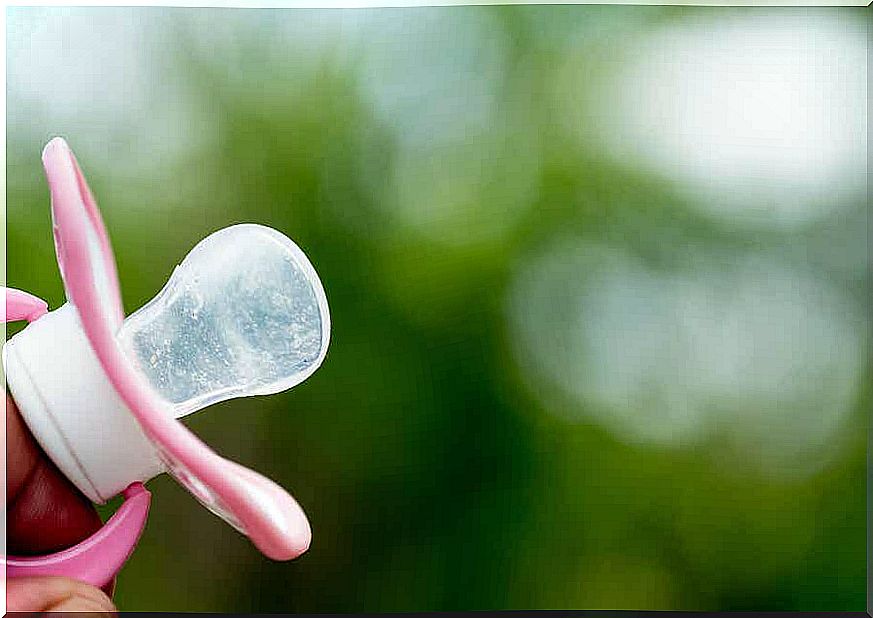
Teeth misplacement
Missing teeth, too many teeth, impacted teeth, too much space between the teeth, or crowding can cause teeth to move. This can affect the placement of the incisors, which can lead to an overbite.
Tumors and cysts
The presence of a cyst or tumor in the bone can change the position of the teeth, altering their alignment. A lump or hard/soft tissue growth in the upper part of the mouth can cause the incisors to move forward, causing an overbite.
Possible complications from an overbite
An overbite not only implies an aesthetic problem, but also alters other functions of the mouth, causing several problems:
- Speech alterations : overbite can make it difficult to pronounce phonemes involving the upper incisors and lips.
- Respiratory problems are associated with the origin of dental malalignment.
- Difficulty biting, chewing and eating properly.
- Damage to other teeth : enamel wear, and increased risk of caries, gingivitis and dental fractures.
- Change in the appearance of the face.
- Pain in the temporomandibular joint, head and neck.
Available treatments for overbites
The aim of the treatments is to correct the incorrect relationship between the upper and lower teeth to achieve a more aesthetic and functional bite, improving the patient’s quality of life.
In no case should the teeth be moved at home. The application of forces to the teeth to correct their position must be carried out gradually and in a controlled manner. Trying to do this at home is a big risk, and it can do much more damage than there is already.
Correction of the overbite will depend on when it is performed, whether the patient is a child, a teenager or an adult, the severity of the problem and its causes. A dentist will evaluate these aspects to propose the best solution for each particular case. Treatments can be surgical or non-surgical.
Surgical
Surgical treatment is the treatment of choice when the overbite is severe and cannot be resolved with orthodontics. Only adults can receive this treatment, as their bones are already stable.
In these cases, the origin of the overbite is a bone problem and surgery is the only possibility to establish a correct relationship between the upper and lower jaws. In this treatment, the upper jaw can be moved backwards or the lower jaw forward, depending on the case.
In this treatment it is necessary to put fixed appliances before and after the surgery. In cases where the overbite is due to lack of space in the mouth, the specialist will extract some teeth to relocate the others.
Non-surgical
Non-surgical orthodontic treatment is the first option to solve the problem. The choice of method will depend on the age, origin and severity of the case.
Some alternatives are as follows:
- Interceptive orthodontics : devices that are placed in children between 6 and 11 years old at the time of tooth exchange. They are used to guide and correct the growth of the jaw bones as they continue to develop. This type of early treatment allows obtaining a correct relationship between both bones and avoiding more complex, traumatic, time-consuming and costly procedures in the future. To treat an overbite, palatal expanders can be used, which are devices that adhere to the molars and have a screw that gradually separates the two teeth.
- Fixed appliances : are useful for correcting overbite in teenagers and adults. They don’t fix the bones, but move the teeth providing an acceptable harmony between the upper and lower teeth.
- Invisalign : is an alternative orthodontic treatment with invisible and removable braces. Teenagers and adults can use it. The treatment consists of using a series of clear aligners made for each patient that move the teeth. Move the teeth aligning them in order to establish an adequate relationship between the upper and lower teeth, achieving a result similar to that obtained with fixed braces, but in a more aesthetic way.
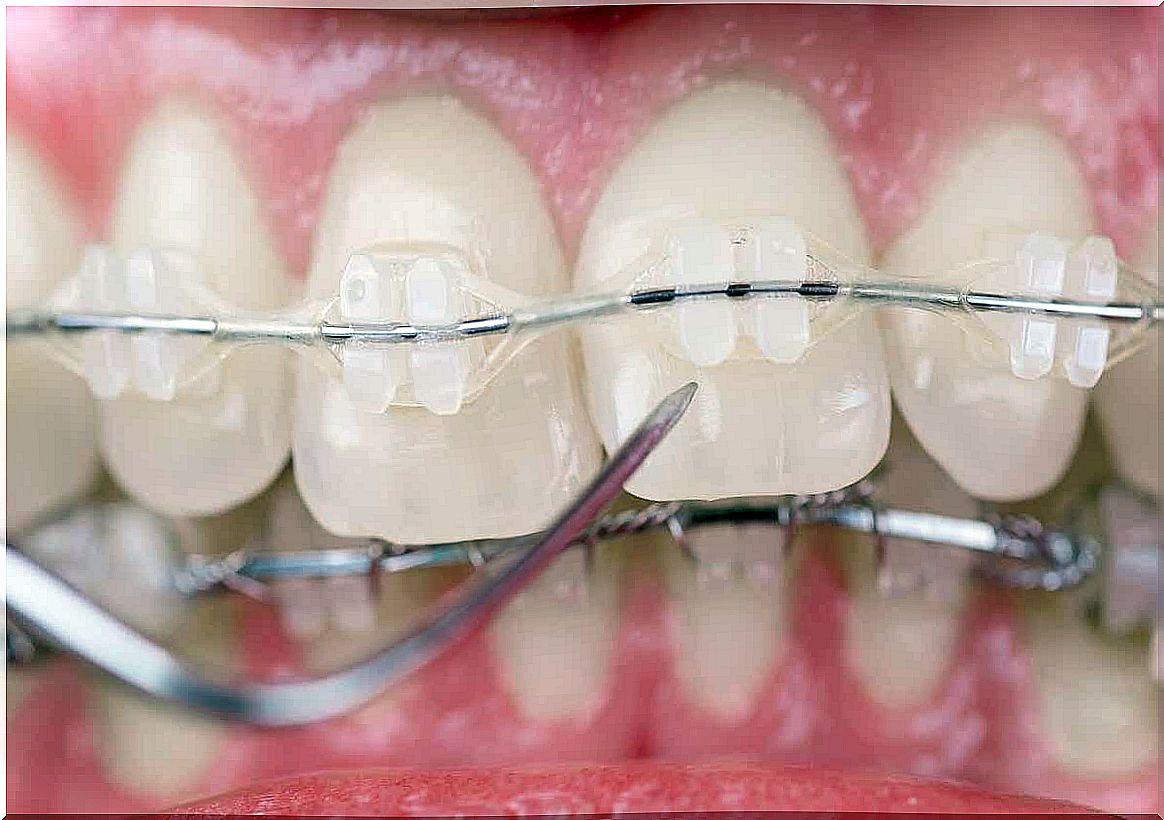
Is it possible to avoid the causes of an overbite?
There are some factors that predispose to the development of an overbite that cannot be avoided. In such cases, if you already have abnormalities in the form of bite other family members, c onsultar one early dentist is the best way to avoid future problems.
It is also necessary to control in children the behaviors and habits that favor the emergence or worsening of this problem. Preventing children from using pacifiers or bottles, sucking their thumbs, and prolonging their tongues with their teeth can help prevent the condition.
Early and regular visits to the dentist are the best way to detect the presence of causes of an overbite. If you have a child, taking him to the dentist before he is one year old and to the orthodontist after the age of 6 allows you to treat any changes in their early stage, which avoids more expensive and complicated treatments in the future.
